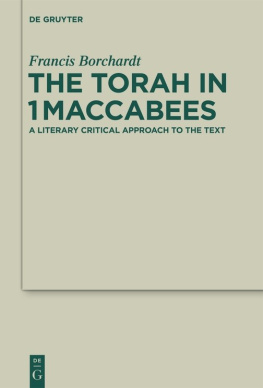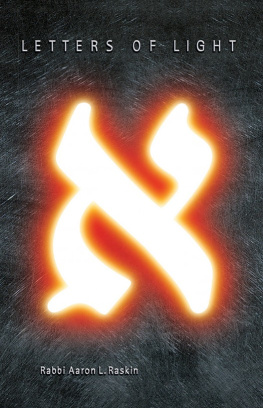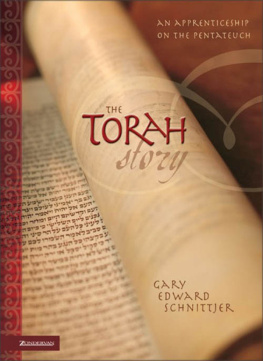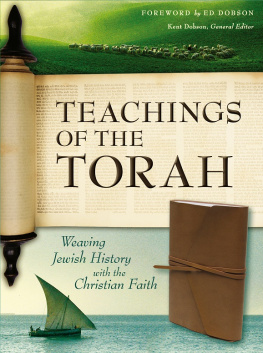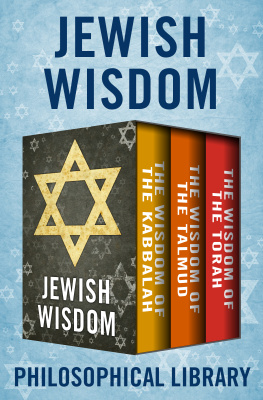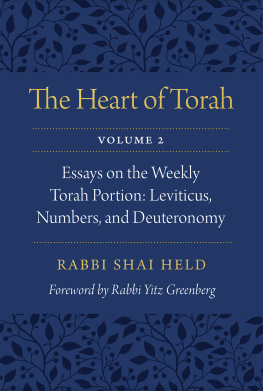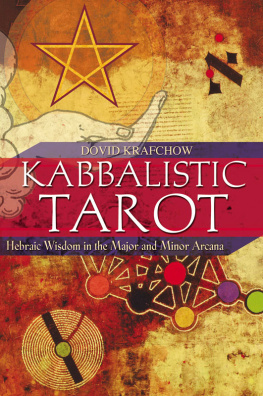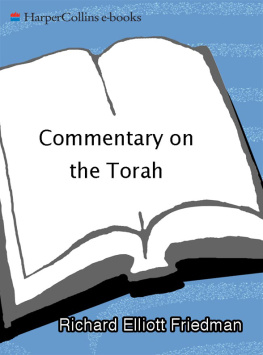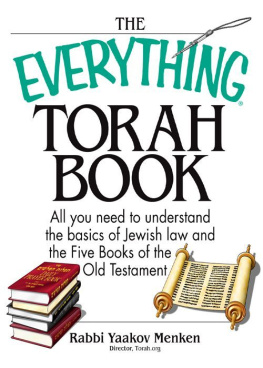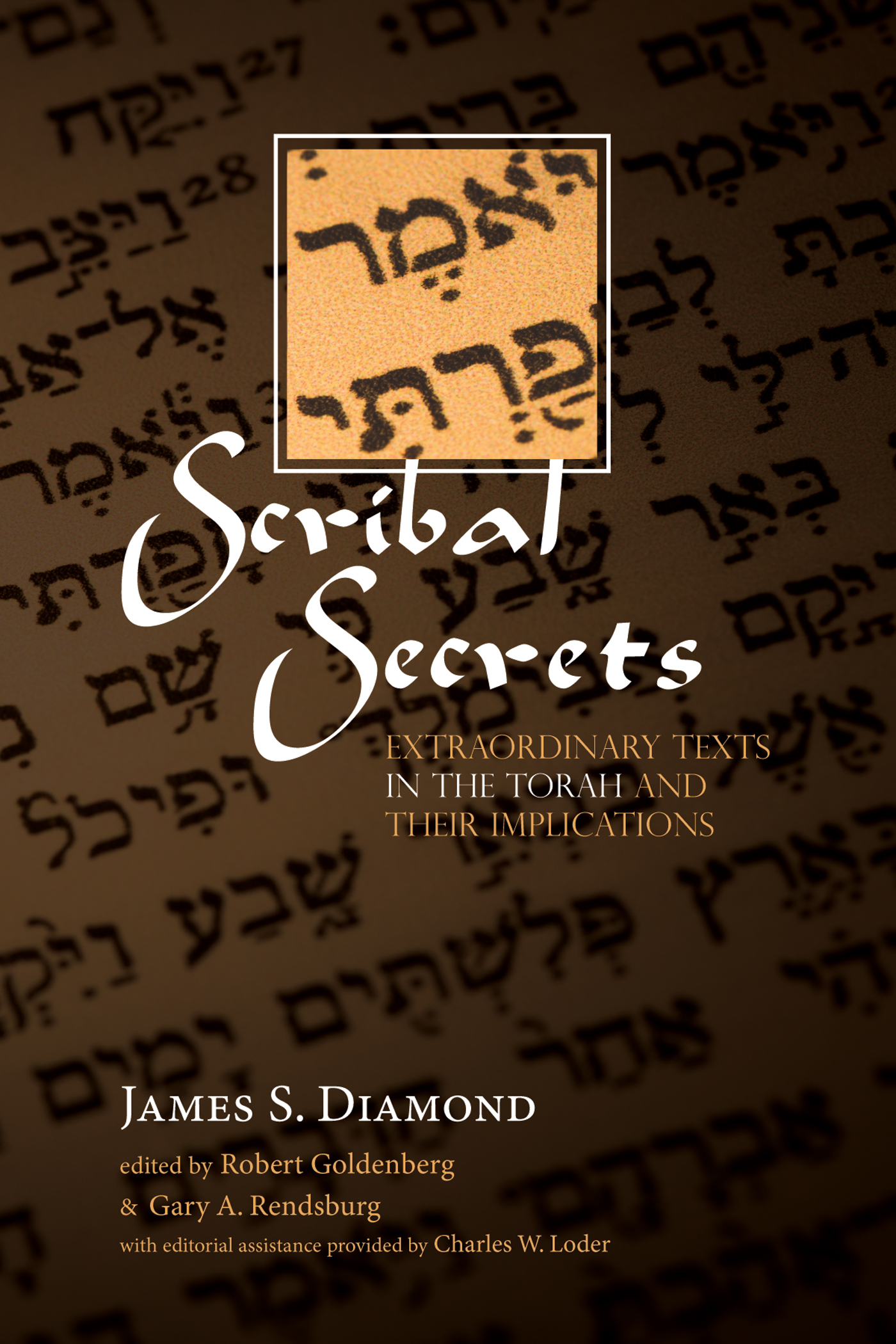Copyright Notices
Figure Photo The Israel Museum, Jerusalem, by Ardon Bar-Hama.
Figure Photo The Israel Museum, Jerusalem, by Ardon Bar-Hama.
Figure Torah scroll by scribe Rabbi Gustavo Surazski. Scroll image courtesy of Temple Aliyah, Needham, Mass.
Figure Used with kind permission of the Bodleian Libraries, University of Oxford. Photo: Bodleian Libraries, University of Oxford.
Figure Torah scroll by scribe Rabbi Gustavo Surazski. Scroll image courtesy of Temple Aliyah, Needham, Mass.
Figure Torah scroll by scribe Rabbi Gustavo Surazski. Scroll image courtesy of Temple Aliyah, Needham, Mass.
Figure Image Mordechai Pinchas (Marc Michaels), Sofer STaM , used with kind permission (www.sofer.co.uk).
Figure Photograph by Bruce and Kenneth Zuckerman, West Semitic Research, in collaboration with the Ancient Biblical Manuscript Center. Courtesy Russian National Library (Saltykov-Shchedrin).
Figure Used with kind permission of the Bodleian Libraries, University of Oxford. Photo: Bodleian Libraries, University of Oxford.
Figure Torah scroll by scribe Rabbi Gustavo Surazski. Scroll image courtesy of Temple Aliyah, Needham, Mass.
Figure Photograph by Bruce and Kenneth Zuckerman, West Semitic Research, in collaboration with the Ancient Biblical Manuscript Center. Courtesy Russian National Library (Saltykov-Shchedrin).
Figure Torah scroll by scribe Rabbi Gustavo Surazski. Scroll image courtesy of Temple Aliyah, Needham, Mass.
Editors Preface
R abbi James S. Diamond enjoyed a long and fruitful career in the American rabbinate, largely as Hillel director at a succession of distinguished universities. His final posting was at Princeton University, and when he retired from there in 2004, he stayed in town and continued his other work as a prolific writer and teacher. Alas, our dear colleague was tragically killed in an automobile accident on March , 2013 (the first intermediate day of Passover, 5773 ). As Rabbi Diamond was walking to his car on a quiet street in a residential neighborhood in Princeton, he was struck by a passing vehicle and died instantaneously. Rabbi Diamond left behind the manuscript of the current book, Scribal Secrets , which he had shared with both of us for comments and feedback.
We undertook to prepare the manuscript for publication. The first two parts were essentially complete, in need only of editorial tightening and clarification. Unfortunately the third part, where the authors own thoughts would have come to the fore, was still in rudimentary form; we whose own academic background did not equip us to do more, decided to clarify the writing as best we could, but not to carry the content of the material beyond the point where Rabbi Diamond had left it. Woe for that which is lost and cannot be found.
This has been a labor of love, an expression of our deep affection for Rabbi Diamond and our admiration for his many contributions to American Jewish life and to the academic world. It is our hope that Rabbi Diamonds family, colleagues, and other admirers will find the result worthy of him.
Robert Goldenberg
Emeritus Professor,
History and Judaic Studies
Stony Brook University
Gary A. Rendsburg
Blanche and Irving Laurie Professor of Jewish History
Rutgers University
Editors Acknowledgments
W e gratefully acknowledge the editorial assistance of Charles W. Loder (Southern Baptist Theological Seminary), without whom this book would still be in progress. The inclusion of his name on the title page is a small token of our appreciation for his superb and efficient work.
Sally Freedman (Princeton University), personal friend of the late author, lent her keen editorial eye to the final stages of the books preparation; every page bears the marks of her contribution.
The Blanche and Irving Laurie Chair in Jewish History at Rutgers University enabled the production and publication of this volume with generous financial support, for which we wish to express our deepest gratitude.
We further thank K. C. Hanson and Matthew Wimer of Wipf and Stock Publishers, for taking on this project. It has been a pleasure to work with them and with other members of their staff.
Finally, we are especially grateful to Judy Diamond, who gave us full blessing to bring her husbands final book-length manuscript to the light of day.
Preface
W hen we read something, whether printed or written by hand, what is happening?
We look at the letters and the words and we begin to try to make some sense of them. We piece together from those letters and words the elements of a story or some kind of meaning. We construct this meaning out of the combination of various letters into words, and the assemblage of those words into sentences, and the organization of those sentences into whole passages.
But alphabet and phonetics are not the only means by which we construct this meaning. There are also things on the page that more subtly influence and guide our interpretation of what we are reading: periods, commas, semicolons, question marks, quotation marks, parentheses. This is as true when we are reading Newsweek or The New York Times as it is when we take in hand something like Moby Dick or Harry Potter . It is also true when we read the Torah or the Pentateuch, whether in a book with the Hebrew original and perhaps a translation beside it or from out of the Torah scroll itself.
This book is about some of the subtle devices that operate within and upon the writing in the Torah to impart to it a meaning or meanings beyond the textual surface. Let me be clear though: in the Torahs case I am not talking about punctuation marks. The signs that are my subject here are not found in every line or on every page of the Torah. They show up only occasionally, and when they do, they do so in quite unexpected ways. The aim here is to show you what these devices are, how and where to find them, and how to use them in your own encounter with this text that has served as the wellspring of Jewish religious expression since Judaism anchored itself in the written word.
Let me give a famous example of what Im talking about: the words of the Shema as they are written in a Torah scroll in their original place in the sixth chapter of Deuteronomy and as they are printed in virtually all Humashim (Pentateuchs) and siddurim (prayer books) :
Hear O Israel! The LORD is our God, the LORD alone.
(Deut :)
Do you seeits hard not tohow two letters here, the ayin and the dalet, are written larger than the others? They have been written that way for a very long time, possibly as much as two thousand years.
Why?
Attempts to answer this question are as many as they are profound. They break down into two schools of thought, about each of which I shall have a lot more to say in this book. One school holds that the reason the two letters need to be written large is to make sure that they are not mistaken for another letter that may look alike, or for another consonant that may sound alike. This will ensure that one is reading exactly the right words with the right theological intentions, and not near-homographs or near-homonyms that have other meanings with insidious and even heretical implications. Thus:


